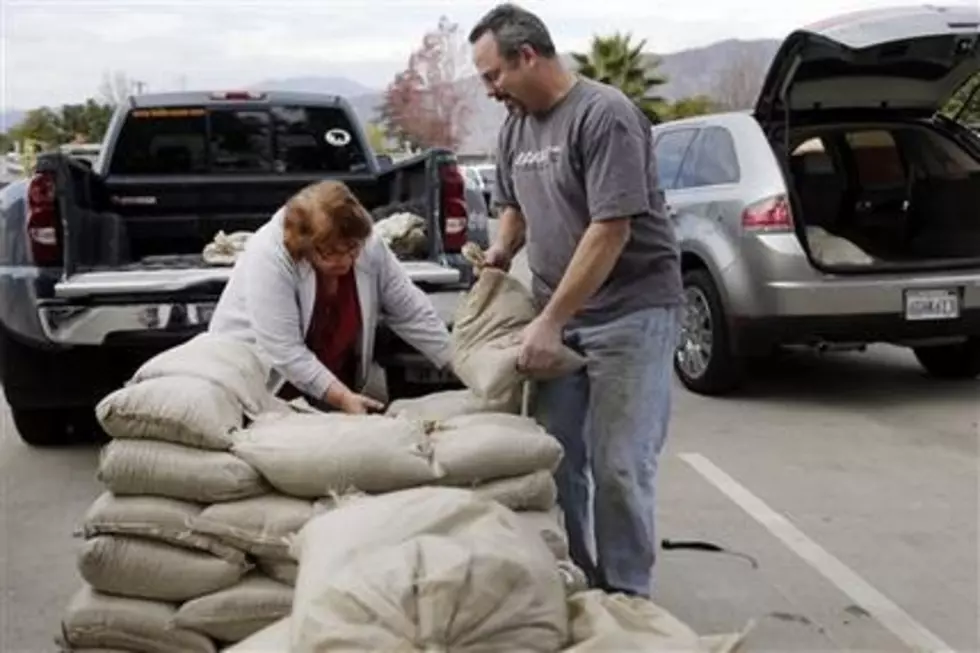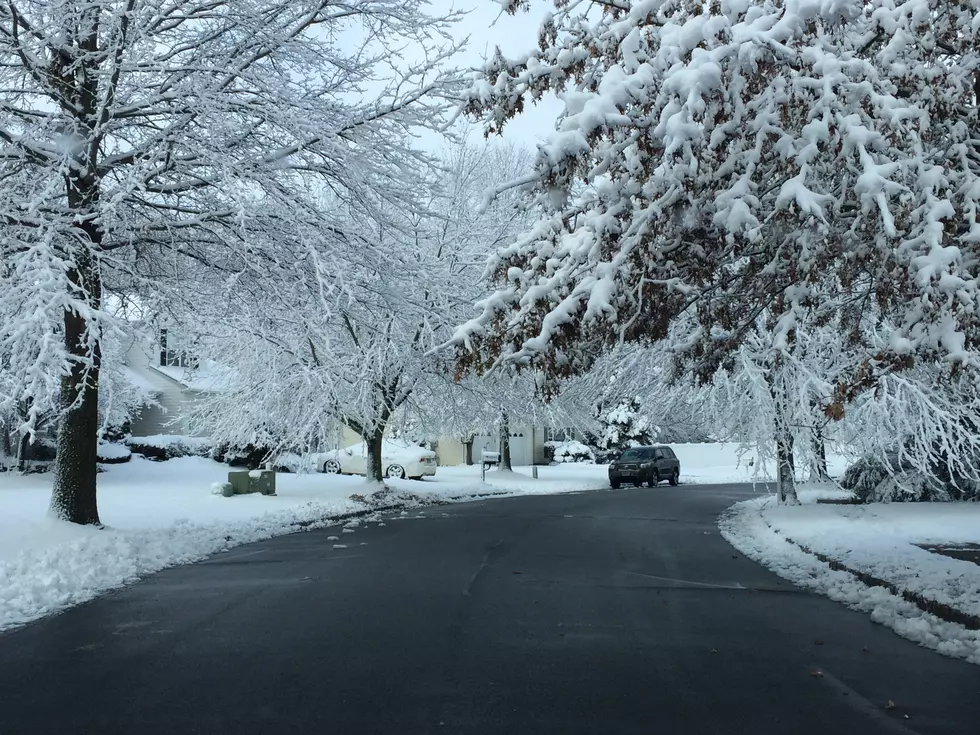
Californians finally see sun after series of El Nino storms
Californians cautiously ventured outside Thursday after days of powerful El Nino-driven storms drenched the region, stopping cable cars in San Francisco, stranding motorists and dumping heavy snow in northern Arizona.
Earlier in the day, the last major storm expected this week lashed coastal areas of California, stirring waves as high as 16 feet and flooding some low-lying streets, before turning east toward Nevada and Arizona.
The sun eventually came out in parts of Los Angeles but rain lingered in San Diego County, where 45-year-old Eddie Vera marveled at the monster surf that crashed against the closed Ocean Beach Pier.
"This city in general is not ready for this type of rain," he said, as gawkers took selfies using the giant waves as a backdrop.
Vera, a maintenance supervisor, had spent time filling sandbags for use at apartment buildings where drainage systems flooded during the storms that began Sunday and answered the question: When will it rain?
For months, Californians watched El Nino -- a natural warming in the Pacific Ocean that interacts with the atmosphere -- grow stronger and waited for the skies to open up and take the edge off four years of drought.
Officials said the week's wet weather would provide some relief but much more would be needed to end the drought. They warned residents against abandoning their conservation efforts and reverting to wasteful water-use habits.
The storms stalled traffic, closed schools and toppled trees, including a 19th century pepper tree outside historic Mission Santa Barbara. Many residents of foothill areas where wildfires had destroyed vegetation and created the danger of mudslides voluntarily evacuated until the rain had passed.
California and other areas were expected to begin drying out Friday before another round of light rain moved in over the weekend. More El Nino storms have been forecast over the coming months.
The strongest storm of the week struck Wednesday, dumping up to 5 inches of rain along the Pacific Coast from San Francisco to Eureka. Angeles National Forest in Southern California saw 3.5 inches.
Higher elevations received heavy snowfall. A foot of snow fell Wednesday at resorts in San Bernardino County and around Lake Tahoe.
Michelle Mead, a meteorologist with the National Weather Service, said two to three feet of snow accumulated in the Sierra Nevada from Monday night to Wednesday night -- a major boost to the snowpack that supplies a large amount of water when it melts in spring.
To the south, Flagstaff, Arizona, had 19 inches of snow on the ground and the Arizona desert saw its fourth straight day of rain.
In Ventura, California, Marlyss Auster took a break Thursday from her job as director of the city tourism bureau and joined dozens of residents snapping photos of huge waves pounding the city pier, which was damaged last month by other high surf.
"The pier was holding strong," she said. "The swells were huge. Everybody was just really in awe watching them."
(Copyright 2016 The Associated Press. All rights reserved. This material may not be published, broadcast, rewritten or redistributed.)
More From New Jersey 101.5 FM




![Another El Niño May Be On the Way [AUDIO]](http://townsquare.media/site/385/files/2012/09/AtlanticOcean.jpg?w=980&q=75)




